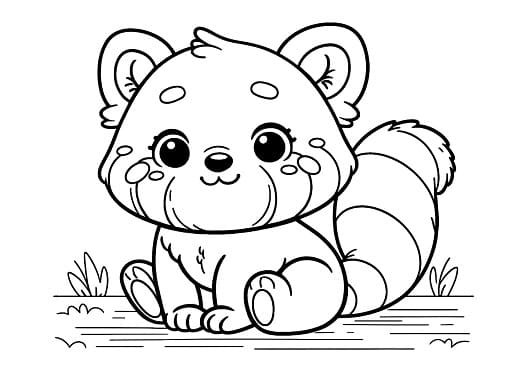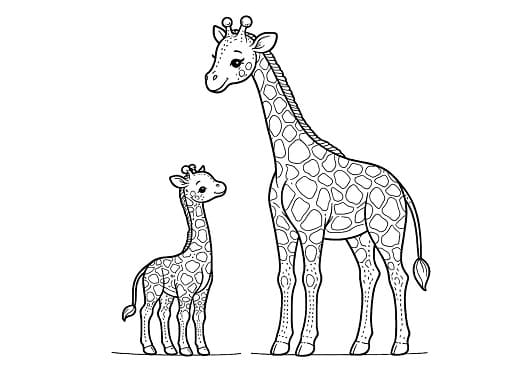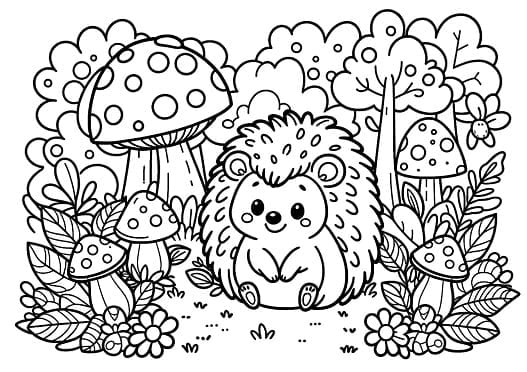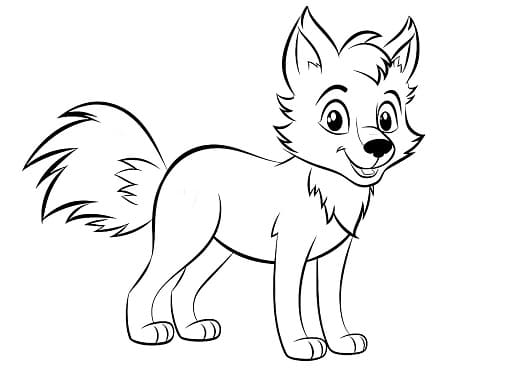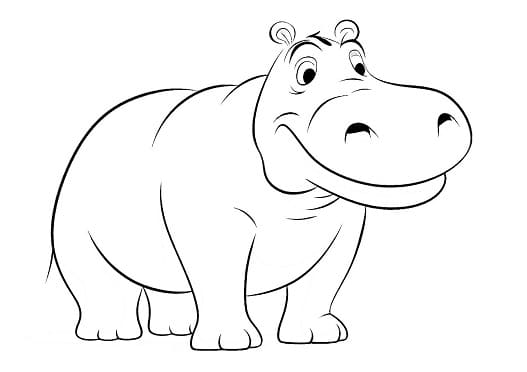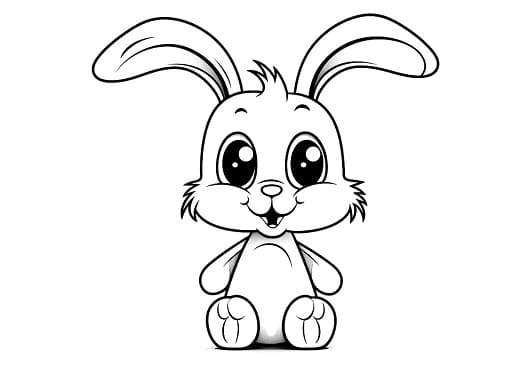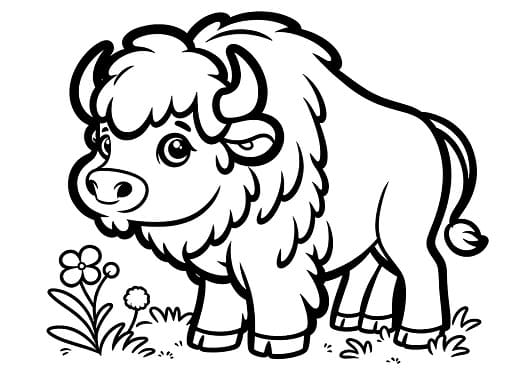Bison, the majestic creatures of the Great Plains and an iconic symbol of the Old West, are known for their massive size and shaggy appearance. They are the heaviest land animals in North America and play a significant role in the culture and history of Plains Indian societies. These herbivorous giants are recognized as the first national mammal of the United States, underscoring their importance to the nation’s heritage.
There are two types of bison: the American and the European bison, each the largest land mammals on their respective continents. Bison share some similarities with buffalo, cattle, and yaks but are distinct in their characteristics.
The American bison can reach impressive sizes, with males (called bulls) standing up to 2 meters tall and weighing as much as 900 kilograms. Females (known as cows) are slightly smaller, typically standing between 1.2 to 1.5 meters tall and weighing up to 450 kilograms. Newborn bison calves weigh between 14 to 32 kilograms at birth but grow rapidly.
Despite their hefty stature, bison can exhibit remarkable agility, capable of running at speeds that belie their size. They have a lifespan that can extend over several decades in the wild, and their horns and speed are among the notable features that help them thrive in their natural habitats.
Bison were once nearly driven to extinction due to overhunting, but conservation efforts have helped their populations recover, though they still remain a species of concern. Educating children about these incredible animals is crucial, emphasizing the importance of conservation and respect for wildlife to preserve our natural world for future generations.











